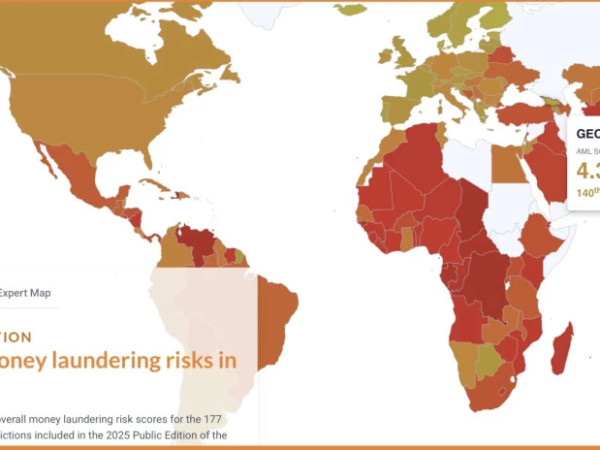May external flows saw a moderation, especially on the trade in goods side, as for exports as well as imports, but primarily driven by the high base effect a year ago as the seasonally adjusted monthly data, when measured in USD, show rather flat dynamics. The detailed trade breakdown is available only today. Tourism inflows, with and without migrants already counted as residents, have also slowed YoY, but still remained relatively strong. As for the remittances, after relevant adjustments, the normalization was even relatively less evident. Importantly, an estimated net balance of exports, imports, tourism, and remittances remained elevated, being another argument that the May GEL weakness was driven by sentiments, rather than the drop in net inflows as such. Furthermore, when looking at the latest daily deposit dynamics by currency, we argue that now there seems to be a shift back favoring the GEL.
Strong inflows itself, historically were the rate cut rather than hike argument in the Georgian context, unlike conventional approach employed in much larger economies like the US or the Euro Area, primary reason certainly being the much higher and relatively well-established exchange rate pass-through on inflation. What about this time? Well, the growth remains strong, but with the normalization outlook. Furthermore, besides overall disinflation evidence, while MoM service one was elevated, the latter was likely driven by the one-off as pointed out by the trimmed measures. As well as the real rates are too high, the LC and FC interest rate differential is wide and will widen further going forward as the USD short-term rates are expected to decline. This contributes to even higher inflows, stronger FC credit and LC deposits. In addition, the GEL REER looks to be above its long-term trend, total credit growth is rather moderate, and the fiscal stance is contractionary.
At the same time, unit labor costs remain elevated, though we stick to our view that once inflation is down, wages at least should gradually be back to the trend. Also, a very strong growth of the GEL monetary aggregates may be a concern, but this, to a large extent, should be again driven by switching to the GEL and likely a lower velocity. In this regard, bullish or at least neutral GEL sentiments are playing a role, certainly combined with strong net inflows and the NBG’s record-high interventions on the FX buying side. Therefore, our judgment would be the rate cuts to ease some of the recent abnormal pressures on the FX market, including the currency composition of credit and deposits.
Summing up, our best guess would be another rate cut to follow this week rather than only at the August 2 MPC meeting. We also note that, based on the inverted GEL yield curve and high liquidity in the banking system, probably even sharper adjustment in the GEL rates, compared with the policy one, is likely to be evidenced. As for the 2023 year-end projection, we update our earlier outlook from around 9.5% to 9.5% or lower, but probably only marginally lower. In any case, the stance should be contractionary when also measured by the neutral rate approach, which is thought to be around 7.5% per our and around 7% per the NBG estimates.


















